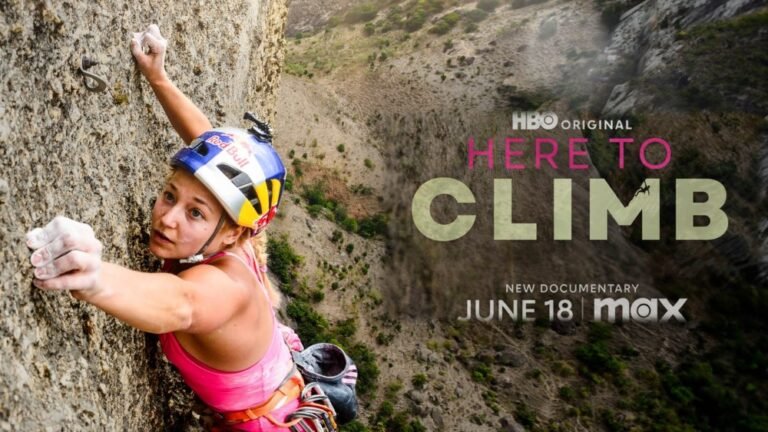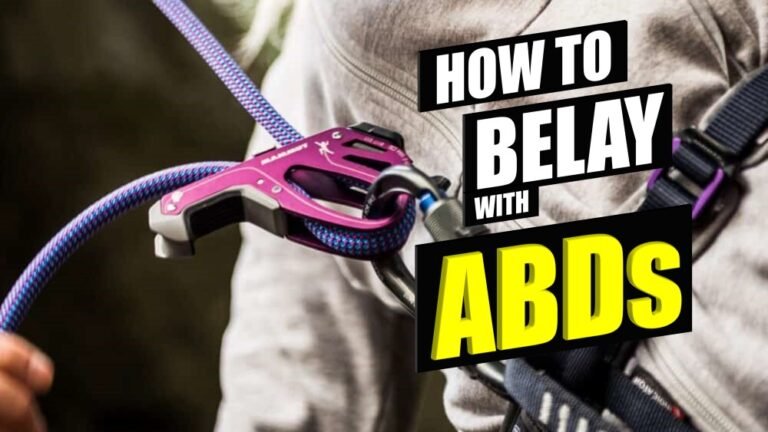How to extend the lifespan of rope
It is important to learn how to extend the lifespan of your rope. Climbing rope is one of the most expensive gear you’ll own as a climber. It is the one piece of equipment that keeps you from decking when you fall and brings you to the safety of solid ground when abseiling.
Knowing how to maintain and care for your rope can help to save you lots of money. Regardless of the type of climbing rope you have, you can extend the lifespan of your rope by doing the following.
Flake your rope


Flake your rope after you finish climbing has a few advantages. Flaking rope will help to remove any kinks or knots in the rope. It can be a real pain and even dangerous if the belayer has to constantly deal with kinks or worse knots on the rope in the middle of a belay. Kinks and knots on ropes can cause the rope to be wiry and difficult to manage. Flak to ensure the rope is free of kinks and knots before keeping it in the rope bag. This will allow you to use the rope straight out of the rope bag and reduce the likelihood of finding knots and endangerment while belaying.
Use a rope bag or groundsheet
Always keep your rope off the rough and abrasive ground especially when climbing outdoors. When you are belaying a climber, the climbing rope will be on the ground. As you belay the rope will be dragged across the ground where dirt can get adhered and trapped on the rope. So always belay with the rope on the rope bag to keep it away from the dirt.
When you are done with climbing for the day, tie one end of your rope to the loop of the rope bag and flake your rope onto the rope bag. After flaking the entire rope, tie the other end to another loop on your rope bag before tying up the rope bag. It is not necessary to coil your climbing rope if you are using a rope bag.
Wash your rope
No matter how you take care of your rope when climbing outdoors, your rope will get dirty. Dirty rope will feel stiff, making it difficult to belay. Dirt and debris stuck on your rope will increase wear on your gears, especially your belay device and carabiners.
Washing rope to get rid of soil and dust deposits will help to reduce rope wear and improve the handling of your rope.
Switch the lead end when climbing


The ends of the climbing rope are most commonly worn out first. This is because when a climber takes a fall the impact of the fall is mainly at the rope end where the climber is tied into. So regularly switch between different ends for climbing.
Cut your rope (the damaged end)
As a climber cutting your rope is the last thing you’ll want to do. Climbing rope is commonly damaged at the ends. Hence to extend the life span of your role, you can cut away the damaged section. You’ll need to inspect each end for wear and tear to determine how much to cut.
After cutting your rope, it is important to measure the remaining length and tape a label at both ends to indicate the new rope length. Accidents can happen and have happened before where climbers climbed with a rope that is too short because they had forgotten their rope had been cut.











